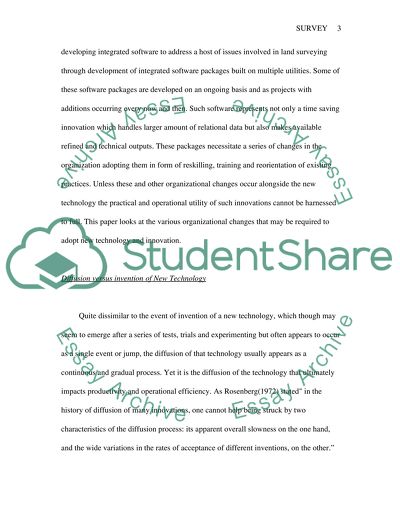Cite this document
(“New Technology and Innovation Essay Example | Topics and Well Written Essays - 2000 words”, n.d.)
Retrieved from https://studentshare.org/technology/1533637-new-technology-and-innovation
Retrieved from https://studentshare.org/technology/1533637-new-technology-and-innovation
(New Technology and Innovation Essay Example | Topics and Well Written Essays - 2000 Words)
https://studentshare.org/technology/1533637-new-technology-and-innovation.
https://studentshare.org/technology/1533637-new-technology-and-innovation.
“New Technology and Innovation Essay Example | Topics and Well Written Essays - 2000 Words”, n.d. https://studentshare.org/technology/1533637-new-technology-and-innovation.


